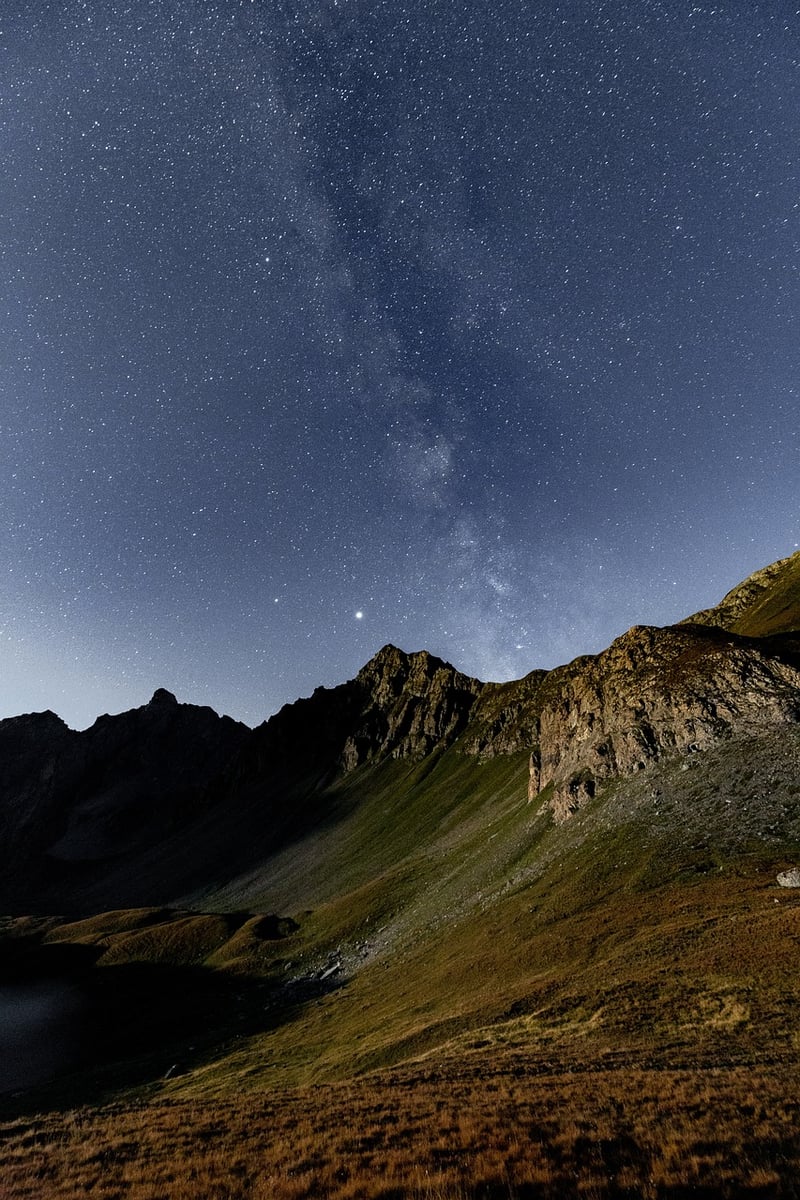Faster-than-light
Investigating Theoretical Shortcuts Through Spacetime

Exploring the vast mysteries of spacetime has always been a fascinating subject for scientists and science fiction enthusiasts alike. The concept of shortcuts through spacetime, often associated with faster-than-light travel, sparks the imagination and pushes the boundaries of what we know about the universe.
Understanding Spacetime
Spacetime is a four-dimensional continuum that combines the three dimensions of space with the fourth dimension of time. This interconnected fabric of the universe, as described by Albert Einstein's theory of general relativity, can be visualized as a flexible sheet where massive objects create curves that affect the motion of other objects.
Theoretical Shortcuts
While traditional space travel at sub-light speeds is limited by the cosmic speed limit of the speed of light, theoretical shortcuts through spacetime propose bending or warping spacetime to create a tunnel or wormhole. These hypothetical constructs could potentially allow for instantaneous travel between two distant points in the universe.
Faster-Than-Light Travel
Faster-than-light (FTL) travel, a staple of science fiction, involves moving faster than the speed of light. While the theory of general relativity prohibits objects with mass from reaching or exceeding the speed of light within spacetime, some speculative theories suggest that loopholes like wormholes or Alcubierre drives could enable FTL travel.
Challenges and Considerations
The concept of shortcuts through spacetime and FTL travel raises numerous challenges and considerations, including the energy requirements to manipulate spacetime, the stability of wormholes, and the potential paradoxes associated with time travel and causality violations.
Conclusion
Investigating theoretical shortcuts through spacetime and the possibility of faster-than-light travel remains a captivating area of scientific inquiry. While current technology and understanding limit our ability to traverse the cosmos in such ways, the pursuit of knowledge and exploration of the unknown continue to inspire future generations of astronomers, physicists, and dreamers.
